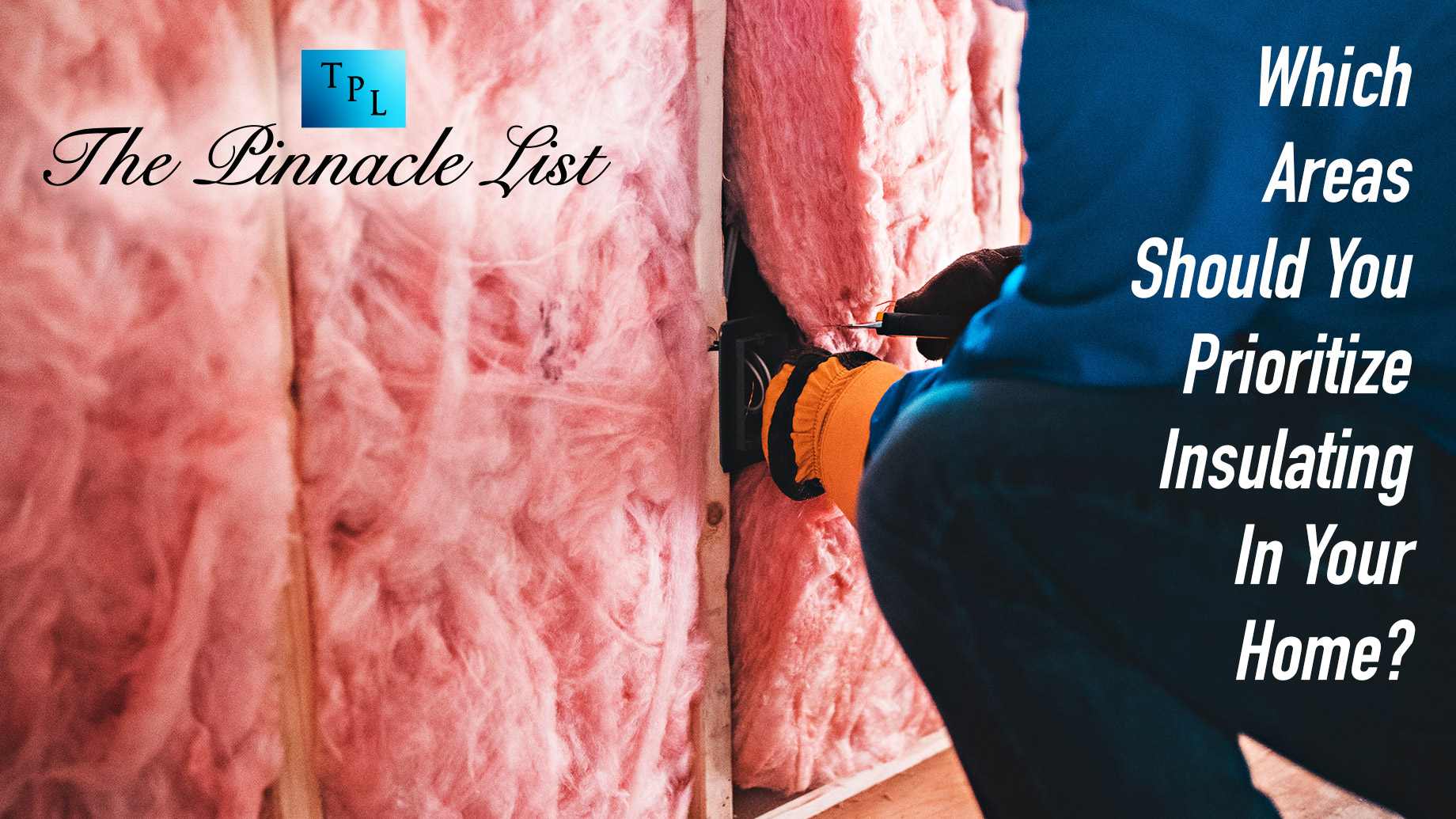
Surprisingly, only 10% of homeowners in the U.S. have properly insulated homes. The remaining percentage cannot enjoy the benefits of insulation in their homes. This explains the never-ending complaints of rising energy bills, uneven temperatures, and discomfort in their homes. Apart from wall and attic insulation, insulating other crucial parts in your home lowers energy costs, improves comfort, and protects your home from long-term damage from pest infestation and moisture. Homeowners should prioritize the following areas.
1. The Attic
You should prioritize attic insulation for several reasons. Ideally, warm air rises. Conditioned warm air can easily escape if your attic is poorly insulated. This means that despite your heating and cooling systems running all day, achieving and maintaining comfortable temperatures might prove impossible. Besides, heating and cooling costs also increase.
An uninsulated attic also increases energy bills during the summer. As your HVAC units try to cool your indoor environment, hot air from outside finds its way into your home through the attic, warming already cooled air. Before insulating, you should evaluate the condition of your attic, clean the space, and consider the different types of attic insulation available. Your attic should also be well-ventilated to avoid dampness and moisture problems from condensing air during winter.
If there are vertical walls behind the attic, ensure that they are insulated as well. Also, if you are building a new home or remodeling, attic decking should be raised above ceiling joints to allow enough space for insulation.
2. Walls
Interior and exterior walls should also be insulated accordingly. Insulating exterior walls prevents conditioned air from escaping or mixing with unconditioned air from the outside. On the other hand, interior wall insulation ensures that your home maintains constant temperatures.
If your interior walls were not insulated during construction, consider using fiberglass insulation due to minimal disturbance. Blow-in fiberglass is also very effective. Battling insulation is a good choice for filling wall cavities during a home remodel. Other insulation options, such as foam sheathing, require that you reinforce your interior walls.
You can get your spray foam insulation here, or research for reputable insulation contractors around you. When insulating exterior walls, consider the local building codes and climate.
3. Basement
You should also insulate your basement, alongside walls and attic. Proper basement insulation can significantly lower energy bills. Unlike walls and attics, you can add basement insulation anytime to your existing home. However, if adding exterior basement insulation to your home is impractical, interior insulation can solve your problems. With the basement, you should choose the right type of insulation that provides maximum moisture control.
4. Floors
You should protect your feet from winter cold and summer heat even with your attic and walls insulated. Uninsulated floors can absorb a lot of heat during summer, making the floor unbearable. Uneven warmth or cold is a key sign of a poorly insulated or uninsulated floor. Insulating your floors saves energy costs and allows you to walk comfortably barefooted. It also eliminates air drafts, reduces moisture, and minimizes noise, especially in multi-story buildings.
Endnote
Other important areas to insulate in your home include the crawlspace, ceilings, ducts, windows, and doors. You should choose the right insulation material to ensure your home remains airtight. Spray foam and fiberglass are perfect for the basement, crawlspace, and attics.